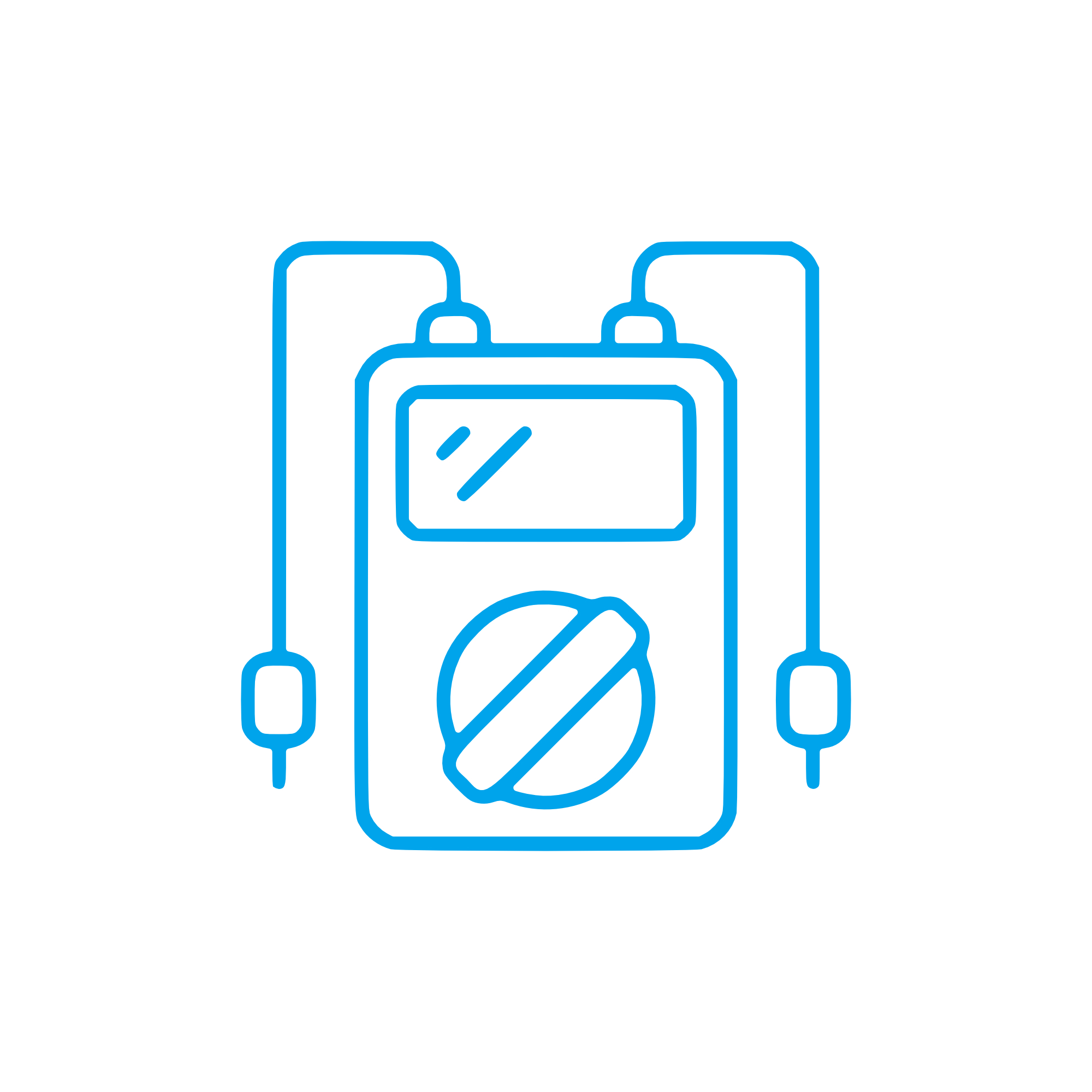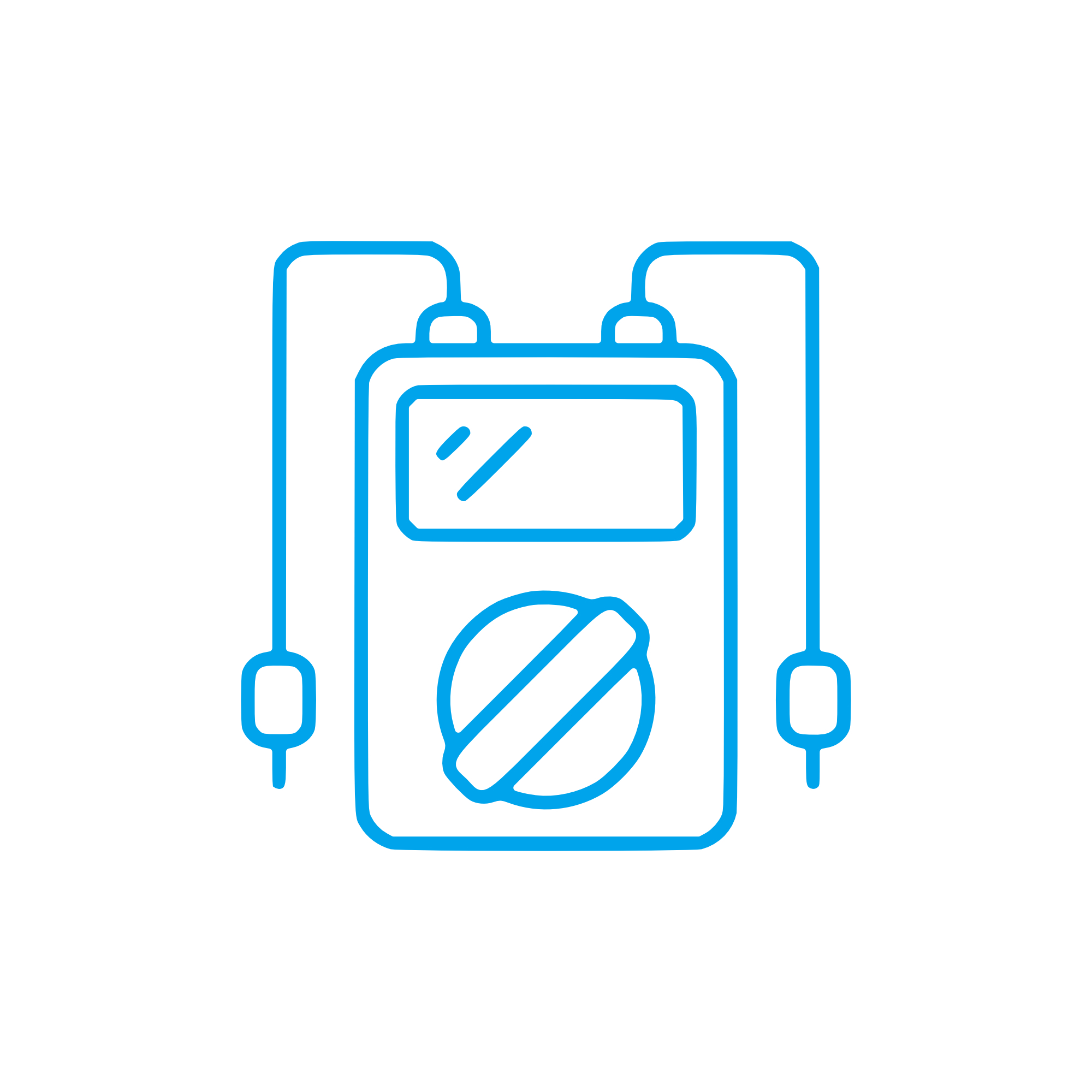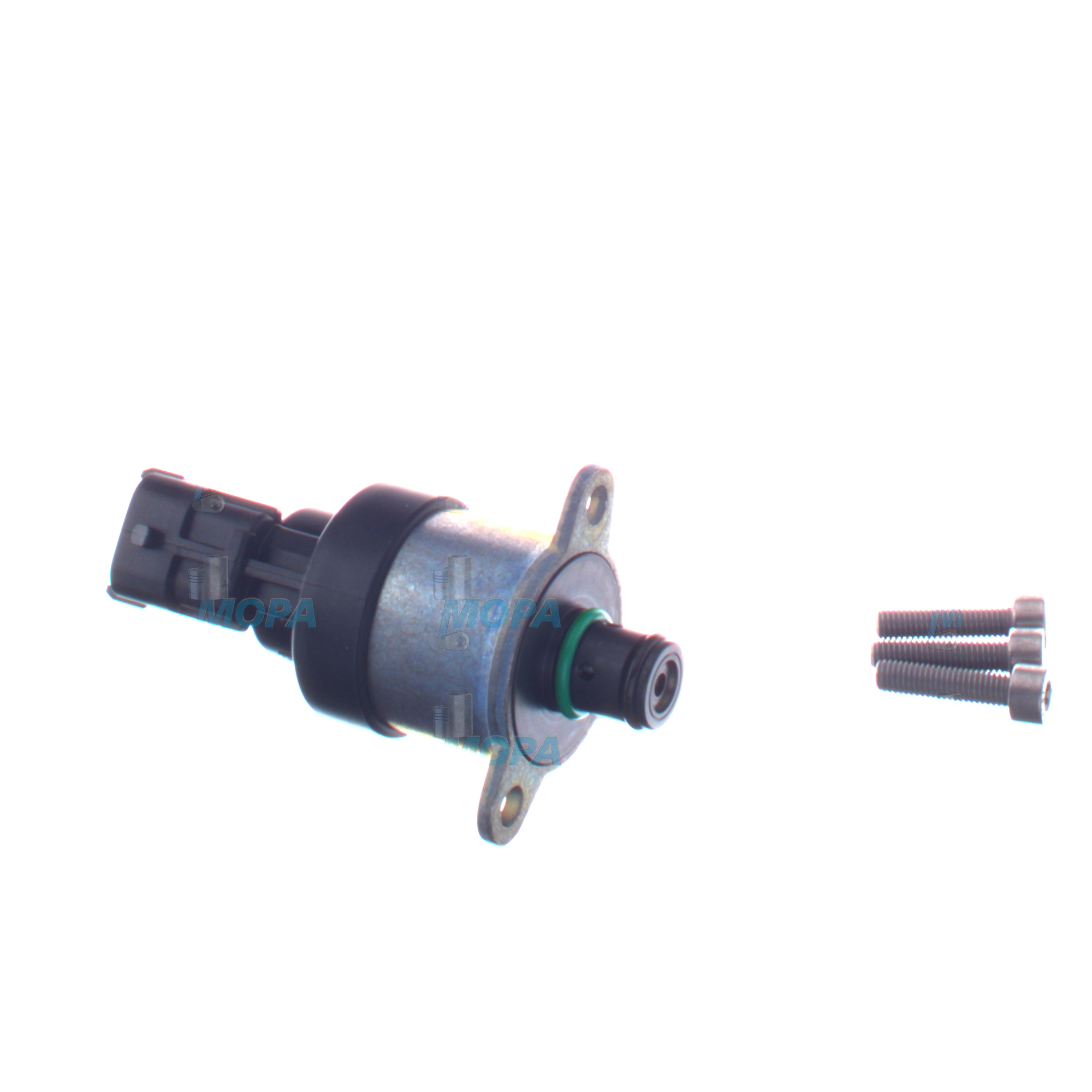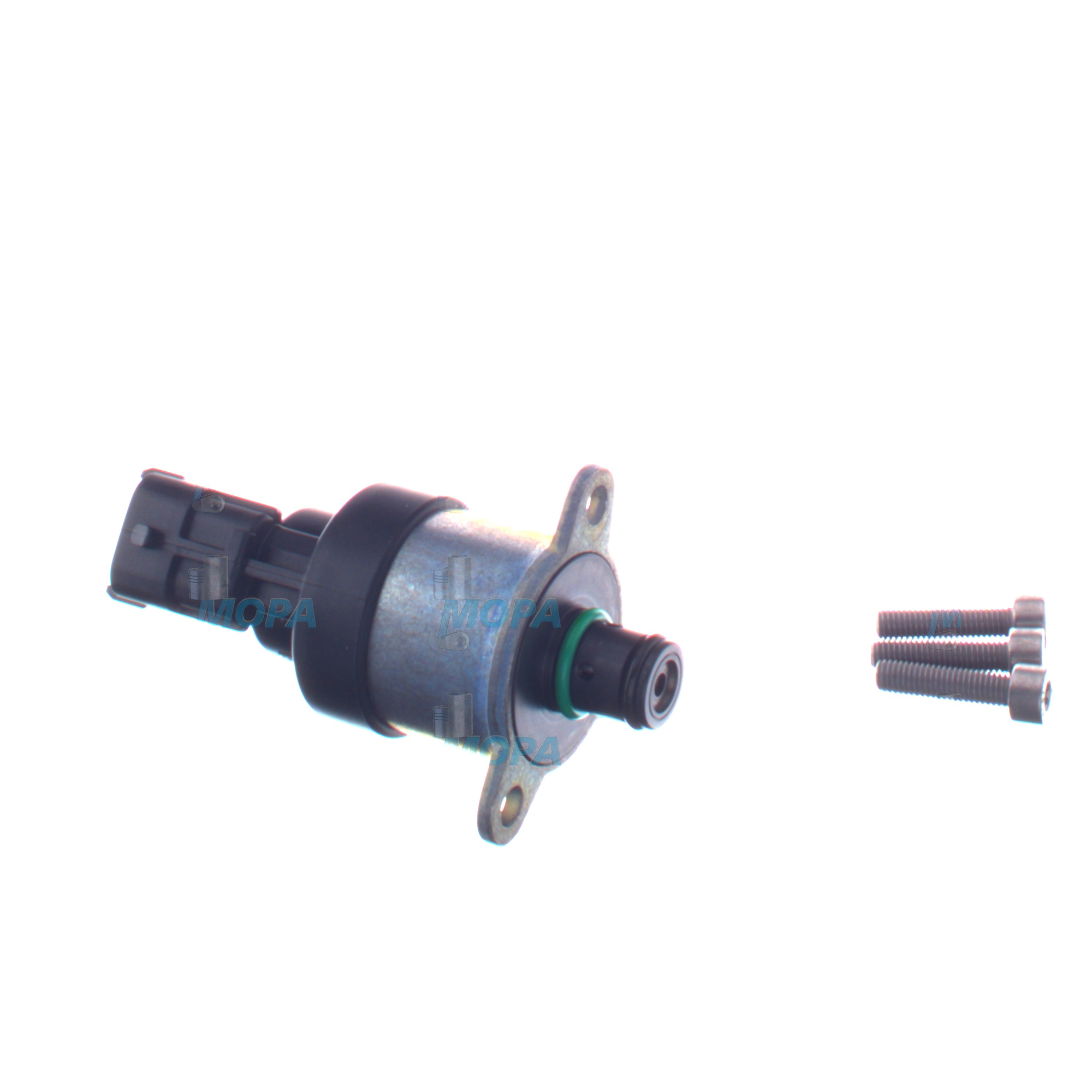MEASURING UNIT gauges and sensors for diesel and marine engines
Gauges and sensors are the nerve system of any combustion engine, translating real-time operating conditions into actionable data for bridge teams, engineers, and control systems. This article category covers everything from panel-mounted gauges to embedded transducers that provide continuous feedback on pressure, temperature, speed, flow, and emissions. In propulsion, auxiliary, and power-generation sets, these measuring devices determine how safely, efficiently, and economically a plant runs—making them indispensable elements of engine monitoring and control.
MEASURING UNIT function in gauges and sensors: how measurement drives control
A MEASURING UNIT for a diesel engine or marine engine turns physical phenomena into electrical signals that an ECU, governor, or alarm panel can process. Pressure transmitters use piezoresistive or strain-gauge elements to convert lube oil and fuel rail pressures into 4–20 mA, CAN bus (J1939), or voltage outputs. Temperature elements—thermocouples (e.g., type K) and RTDs (PT100/PT1000)—track coolant, bearing metal, and exhaust gas temperature with high accuracy. Speed pickups (magnetic or Hall-effect) feed overspeed protection and fuel rack control, while flow and level sensors ensure stable fuel supply and effective cooling. Vibration and knock sensors protect powertrains and turbochargers by flagging early-stage mechanical distress.
In closed-loop operation, these signals allow the controller to trim injection timing, manage charge air, and optimize load-sharing across multiple gensets. For example, a lube oil pressure MEASURING UNIT on a marine engine can trigger immediate load reduction and safe shutdown if the threshold is breached, preventing bearing damage. Exhaust gas temperature arrays balance cylinder outputs, cutting fuel burn and smoke. On gas engines, lambda and knock measurement stabilize combustion and emissions. With MEASURING UNIT OEM parts, calibration curves and connector interfaces align perfectly with the ECU’s mapping, reducing drift and ensuring consistent control authority across the entire operating envelope.
- · Accurate pressure, temperature, speed, flow, and level feedback.
- · Fast response for protection functions and trip logic.
- · Robust housings with IP67/IP69K sealing for harsh engine rooms.
- · Vibration and EMI resilience for stable signals under load.
- · Compatible outputs: 4–20 mA, CAN bus, frequency, or ratiometric voltage.
- · Calibrated ranges matched to engine setpoints and ECU maps.
- · Materials and coatings resistant to salt mist and fuel exposure.
- · Clear gauge readability for bridge and engine-room panels.
MEASURING UNIT reliability: why gauges and sensors matter for engine operation
Engine dependability and service life hinge on measurement quality. If gauges and sensors drift, lag, or intermittently fail, control strategies degrade and protective actions may trigger too late—or too often. Low lube oil pressure trips that arrive seconds late can accelerate journal wear. A misreading coolant temperature sensor can prevent proper load shedding, leading to thermal stress and head gasket failure. Inaccurate speed signals compromise overspeed protection, putting rotating equipment at risk. On the performance side, poorly calibrated exhaust gas temperature or boost sensors drive suboptimal fueling, raising specific fuel consumption, smoke, and maintenance costs. Over time, contamination, vibration, and heat can alter sensing elements, seals, and connectors. Regular condition checks and timely replacement using a calibrated MEASURING UNIT for diesel engine and marine engine applications keep protection thresholds sharp and efficiency on target.
OEM spare parts for gauges and sensors – MEASURING UNIT fit, calibration, and lifecycle value
Choosing OEM spare parts suitable for gauges and sensors preserves the measurement chain from the sensing element to the ECU input. Form-fit-function equivalence ensures that thread sizes, sealing faces, connector keys, and harness lengths match the installation. More importantly, the calibration and output curve are aligned with the controller’s expectations, avoiding costly re-parameterization or hidden accuracy losses. Robustness is another differentiator: housings, potting compounds, and strain reliefs are engineered for engine-room vibration spectra and temperature cycles, reducing signal noise and intermittent faults. Compliance with marine and industrial standards (IP ratings, EMC, shock/vibration tests) supports reliable operation across fleets.
From a budget perspective, a correct MEASURING UNIT OEM parts selection minimizes off-hire and troubleshooting time. Accurate measurements reduce fuel penalties, unplanned shutdowns, and follow-on damage to pistons, liners, bearings, and turbochargers. Over the lifecycle, the right sensors and gauges maintain emissions compliance, stabilize load-sharing in parallel operation, and defer major overhauls by catching anomalies early.
MEASURING UNIT in practice: integration details that protect uptime
For best results, match each MEASURING UNIT to its duty: use high-temperature thermocouples on EGT probes, RTDs for coolant and bearing metal temperatures, piezoresistive transmitters for stable lube oil measurement, and fast-response pressure sensors on common-rail fuel systems. Specify shielded cables for EMI-prone zones, maintain proper grounding, and route harnesses to avoid hot spots and vibration nodes. During commissioning, verify scaling factors in the control system and confirm trip/alarm setpoints. Periodic proof-testing against reference instruments keeps measurement uncertainty within tolerance.
MOPA as your MEASURING UNIT partner for OEM parts on diesel and gas engines
MOPA supplies OEM spare parts suitable for gauges and sensors with a focus on speed, quality, and security in international trade. Buyers and technical managers rely on MOPA for rapid cross-referencing of part numbers, availability from curated stock, and documentation that includes calibration data and certificates of conformity. The team supports complex applications—from propulsion MEAs to auxiliary gensets—covering lube oil, cooling, fuel, air, and exhaust measurement points. With vetted logistics and traceable supply chains, MOPA helps fleets standardize on proven MEASURING UNIT components for diesel engine and gas engine platforms, reducing variability across vessels and sites.
Conclusion: MEASURING UNIT gauges and sensors safeguard performance
Gauges and sensors transform critical operating conditions into decisions that protect engines and optimize output. Selecting a precisely matched MEASURING UNIT and maintaining it at defined intervals prevents failures, trims fuel consumption, and extends component life. OEM spare parts suitable for Gauges and sensors deliver the fit, calibration, and durability that technical decision-makers require to keep assets reliable and efficient.






